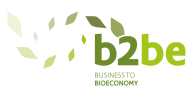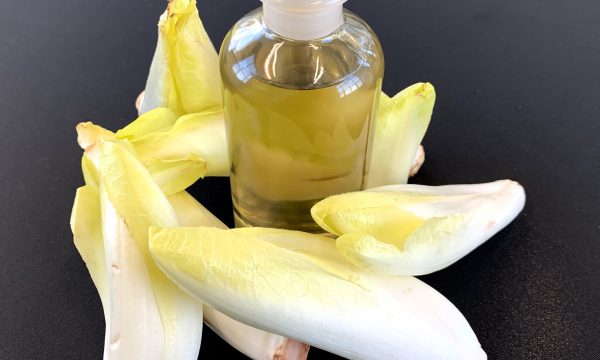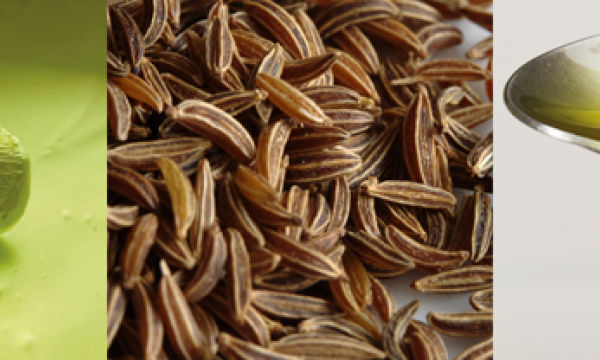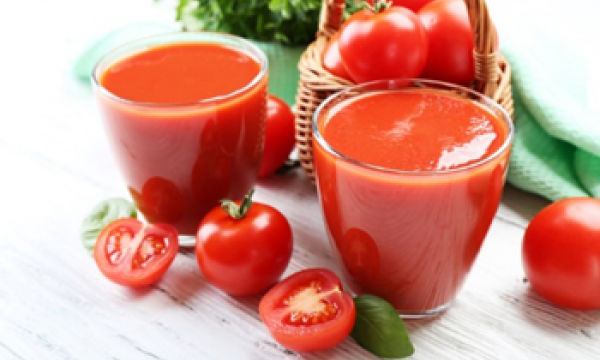Press release ILVO harvests rubber-containing dandelion: a win-win for agriculture and industry?

Will Europe soon produce high-quality rubber from the root of the rubber-containing dandelion? This is realistic for Flanders (Belgium) and elsewhere. Researchers at ILVO have successfully scaled up the cultivation of the rubber-containing dandelion and, in cooperation with industry, are taking steps towards the development of a local rubber production chain. On Friday 30 November 2018 at fields in De Pinte, Belgium, a trial field of 2 ha of rubber-containing dandelions, in the presence of Flemish Minister for Agriculture Joke Schauvliege and the Dutch breeding company KeyGene.
European ambitions
Europe is today highly dependent on imports of natural rubber from Asia. By 2040, Europe would like to meet 20% of the domestic demand itself. An imminent shortage and volatile prices on the world market fuel that ambition. Minister of Agriculture Joke Schauvliege: "Within Flemish agriculture there is interest in alternative crops with large sales potential. The rubber-containing dandelion can be a win-win in that area."
Strong demand for alternative, local source of natural rubber
Rubber is a product used for countless applications. Natural rubber (as opposed to synthetic rubber) is used in car tires, furniture, sportswear, shoes and machine building. About 90% of the production is situated in rubber tree plantations in Southeast Asia. An advancing fungal disease, the waning interest of local farmers and weather conditions threaten these plantations, while the global demand for natural rubber continues to rise. The result is volatile prices on the world market and a real risk of shortages in the future.
In Europe, the demand for an alternative, local source is therefore great. In addition, its own rubber production would not only reduce dependence on imports and improve the competitiveness of the companies, but could also boost the European bio-economy.
Some figures about natural rubber:
| Annual global production | 11.965.000 tons | |
| Largest producing countries | Thailand | 32% |
| Indonesia | 26% | |
| Vietnam | 8% | |
| India | 8% | |
Annual European production | 1.200.000 tons | |
| Main end-products in Europe | Automobile | 75% |
Furniture | 12% | |
| Sportswear and shoes | 5% | |
| Machine building | 4% |
Source: etrma
Taraxacum: for rubber and more
Taraxacum kok-saghyz or rubber-containing dandelion is a potential local rubber source. The root of the plant contains more than 10% natural rubber and another 40% inulin (applicable for the production of bioplastics). The usefulness of this type of rubber in various products (e.g. car tires) has already been demonstrated in previous research. Central to the network of the recent research project Drive4EU was the following question:
Can the natural rubber production from rubber-containing dandelion in Europe be sufficiently scaled up for a profitable European production chain? The answer to that question is overwhelmingly positive:
- Upgrading of the cultivation is already feasible. ILVO has succeeded in a short time to expand production under experimental fields from 6 m² to 4 ha under Flemish conditions. The aim is to scale up to 1000 ha in the short term.
- Biorefinery and processing are scalable. The processes are relatively simple and efficient.
- The quality of the end product is excellent. Rubber from the rubber-containing dandelion is remarkably flexible, strong, tough and durable.
A Flemish crop in the making?
ILVO expert Hilde Muylle is convinced: "These dandelions could eventually become a successful niche culture in Flemish agriculture. Cultivation also fits within an ordinary crop rotation, such as sugar beet."
In the Drive4EU project, ILVO focused on optimizing and scaling up the cultivation, harvesting and storage technology. "And that all works very well already. We have succeeded in scaling up the cultivation to 4 ha and are now ready for the next step to 100 and even 1000 ha."
Dandelion is not difficult to grow. Only the weed pressure is relatively large, due to the slow growth of young plants and no plant protection products have yet been approved for this crop. Also with regard to the mechanization of the harvest, further steps have to be taken. But the tests with a prototype machine based on a strawberry plant harvester are already very promising.
Optimizing rubber content?
ILVO is currently harvesting 3.5 tons of dry matter per hectare in its field trials. That means about 500 kg of rubber per hectare per year. That is certainly not bad, but through breeding and further cultivation optimization is aimed to triple. By comparison, a productive rubber tree produces 800 to 2000 kg of rubber per hectare per year. In order to be economically viable, the yield of the rubber-containing dandelion must increase to 700 to 900 kg per hectare per year.
According to Anker Sørensen of KeyGene, this is feasible: "We, as breeders, work on plant material that delivers a thicker taproot and a higher rubber content. ILVO in turn examines the possibility of a higher sowing density."
Ultimately, by 2040 Europe wishes to produce 20 percent of its domestic demand for natural rubber itself. That amounts to about 250,000 tons per year or 1 percent of global production.
The end product: a high-quality natural rubber for specific applications
After harvesting, washing and (temporary) storage, raw rubber and inulin are extracted from the roots. This refining process is simple, efficient and can easily be scaled up. In comparison with the extraction process for rubber trees, it is also less labor-intensive.
The raw rubber is then processed into a final product. In the Drive4EU project successful tests were done with car tires, bicycle tires and products for the construction industry. Hilde Muylle (ILVO): "For applications with less added value in bulk, the rubber of the rubber-containing dandelion is less suitable, but for specific robust applications that require wear-resistant and flexible rubber it is extremely suitable. Of course we think of tires - the car industry is not for nothing the largest user of natural rubber worldwide (75%) - but also for industrial building materials or machine parts. Consider, for example, closures in underwater tunnels that are exposed to high pressure for a long time. "
What now? KeyGene and ILVO are continuing their research, interested partners can make themselves known!
The introduction of locally produced natural rubber from dandelion in our daily life is not far away anymore. According to the partners of the Drive4EU project, a breakthrough is realistic within 5 to 10 years. ILVO and the Dutch research and breeding company KeyGene are continuing their collaboration.
Anker Sørensen (KeyGene): "We strongly believe in the potential of rubber from the rubber-containing dandelion and therefore continue to invest in the crop. Together with ILVO we are working on the further optimization of the cultivation. We aim to bring suitable varieties onto the market within a few years."
Hilde Muylle (ILVO): "We are ready to scale up the cultivation further and Flemish / Belgian rubber processing companies are looking for local production chains. Interested partners can register via hilde.muylle@ilvo.vlaanderen.be."



